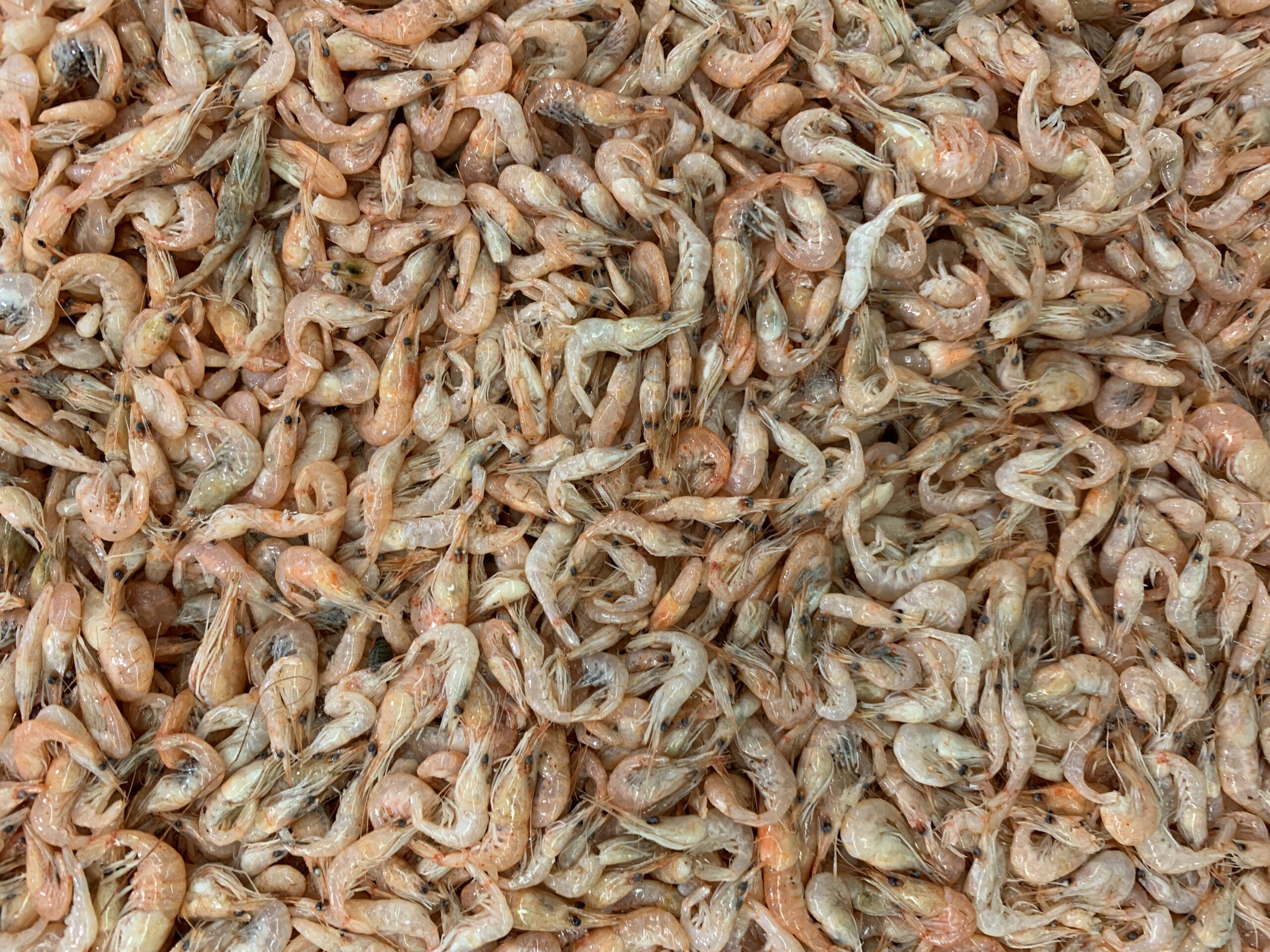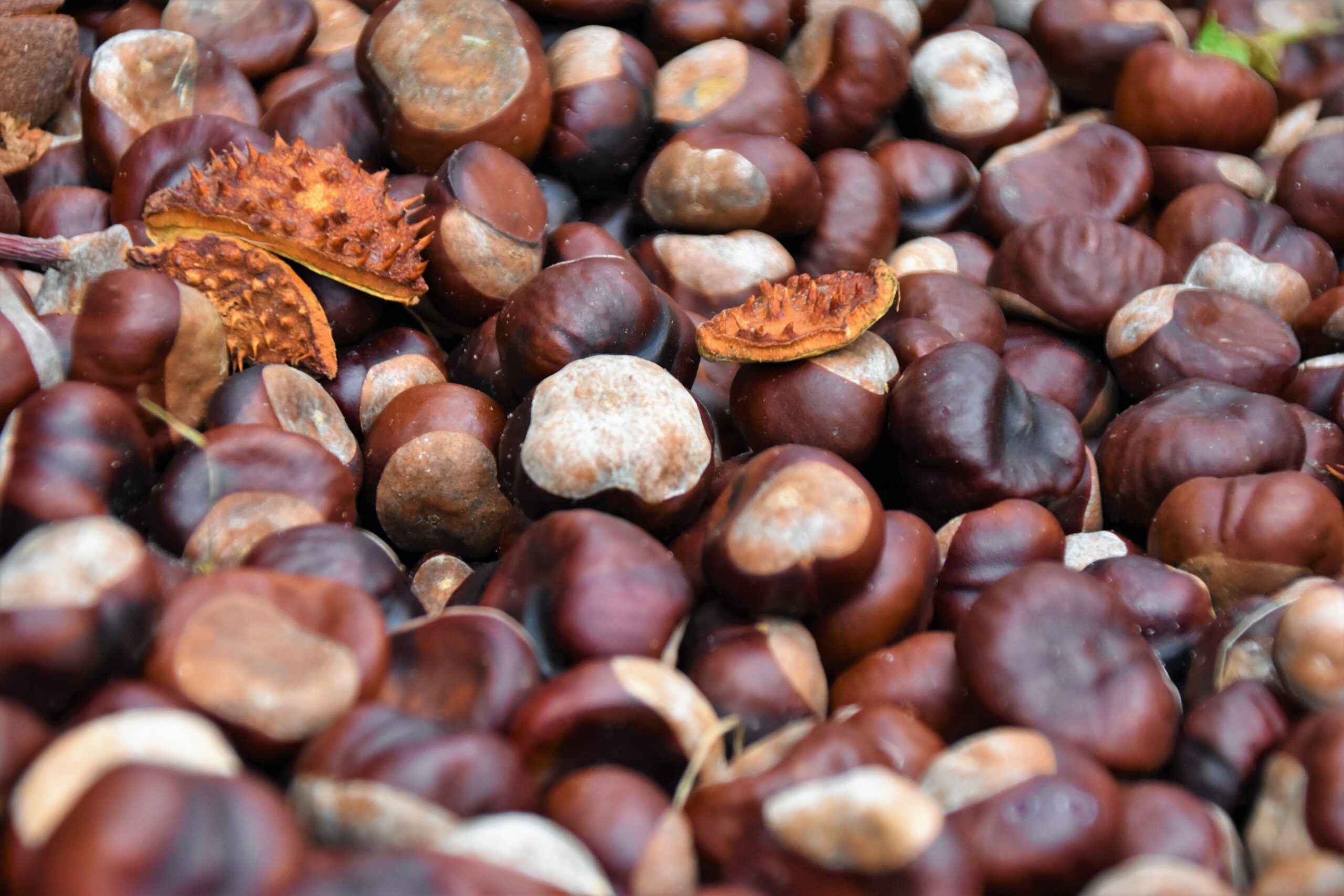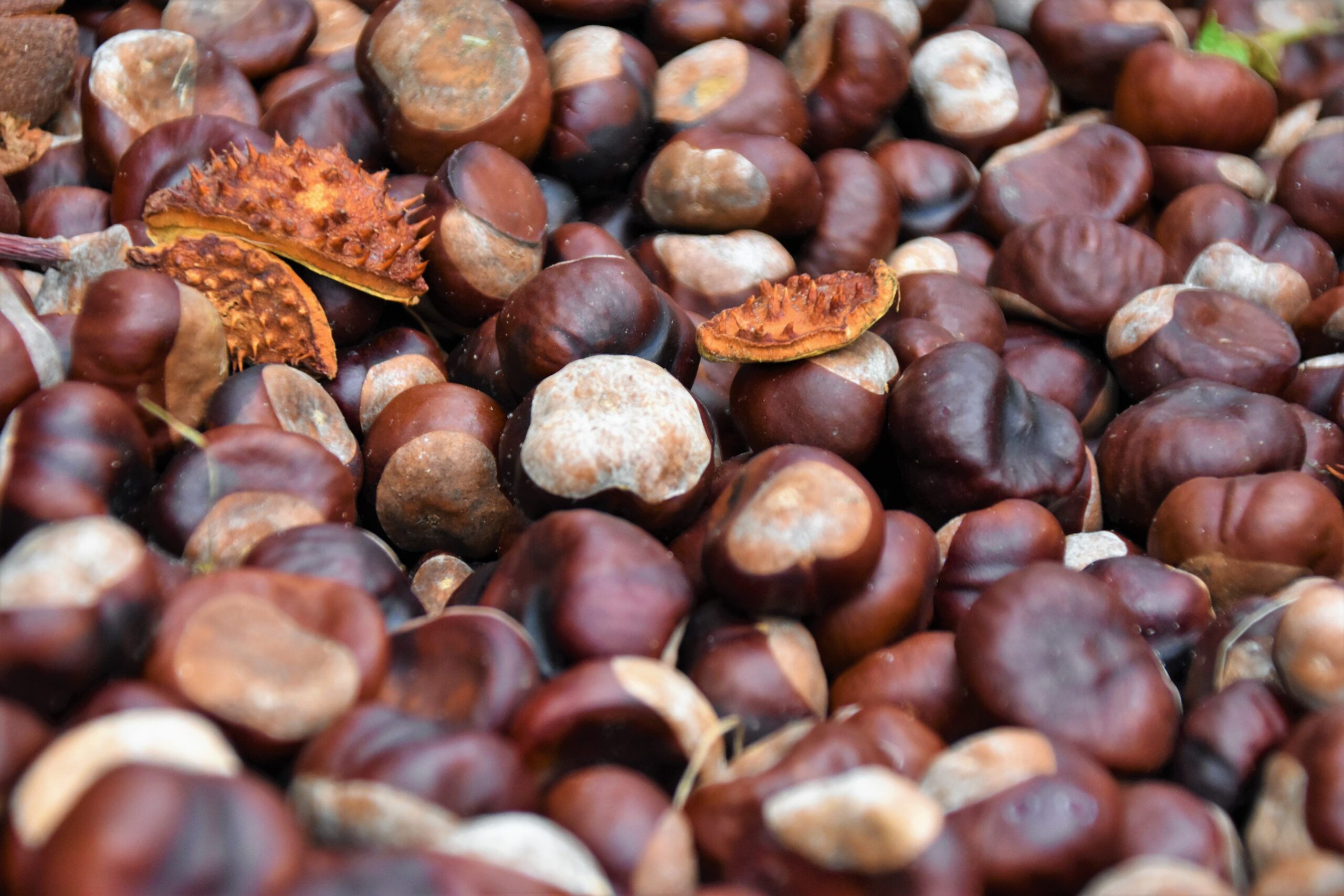In this article, we will explore some effective drills and exercises that can help you enhance your skateboard balance. Whether you’re a beginner looking to improve your skills or an experienced skateboarder wanting to take your balance to the next level, we’ve got you covered. So, buckle up and get ready to discover some fantastic techniques that will have you gliding across the pavement with confidence in no time. Let’s dive in!
Balance Basics
Skateboarding requires excellent balance and control to perform tricks and maneuvers successfully. By focusing on three key aspects – weight distribution, core strength, and positioning – you can improve your overall balance on the skateboard.
Weight Distribution
One fundamental aspect of balance is proper weight distribution. Ideally, you should distribute your weight evenly between both feet while maintaining stability. It’s important to avoid leaning too far forward or backward as it can lead to loss of control.
To improve weight distribution, start by standing on your skateboard with your feet shoulder-width apart. Relax your body and focus on centering your weight between your front and back foot. As you become more comfortable, practice shifting your weight from side to side while maintaining balance. This drill will develop muscle memory and help you find your center of gravity on the board.
Core Strength
A strong core is crucial for maintaining balance and stability while skateboarding. Your core muscles – including your abs, lower back, and obliques – provide a solid foundation for every movement and trick you perform.
To strengthen your core, incorporate exercises such as planks, Russian twists, and mountain climbers into your routine. These exercises engage your core muscles and help you develop the stability needed for skateboarding. Don’t forget to stretch your core as well, as flexibility can improve your balance and overall performance.
Positioning
Proper positioning on the skateboard is essential for maintaining balance. Your body should be aligned with the board and centered over the wheels. Avoid leaning too far forward or backward, as it can disrupt your balance and increase the risk of falling.
Practice standing on your skateboard with your knees slightly bent and your arms relaxed by your sides. Keep your eyes forward and your shoulders parallel to the ground. This position will give you better control and balance while riding. As you progress, experiment with different positions and find what feels most natural and comfortable for you.
Foot Placement Drills
Correct foot placement is crucial for maintaining stability and executing tricks accurately. By practicing foot placement drills, you can develop better control over your skateboard.
Stance Awareness
Start by becoming aware of your natural stance on the skateboard. Most people have either a regular (left foot forward) or goofy (right foot forward) stance. Stand with your feet shoulder-width apart and have a friend gently push you forward from behind. The foot you instinctively catch yourself with is likely your front foot.
Knowing your stance will help you position your feet correctly on the board. Place your front foot perpendicular to the board, with the ball of your foot near the bolts. Your back foot should be positioned diagonally on the tail, allowing you to pivot and generate power.
Front Foot Only
To enhance your foot control, practice riding with only your front foot on the skateboard. Push yourself along using your back foot and focus on maintaining balance solely with your front foot. This drill will improve your balance and develop muscle memory in your front foot.
Start by slowly pushing yourself in a straight line, then gradually increase your speed as you become more comfortable. Experiment with turning and pivoting using only your front foot. This exercise will significantly improve your ability to control the board.
Back Foot Only
Similarly, practicing riding with only your back foot on the skateboard will improve your foot control and balance. Push yourself along using only your front foot and rely on your back foot to maintain stability. This drill will develop muscle memory in your back foot and improve your ability to execute tricks.
Begin by pushing yourself in a straight line with your back foot on the deck. As you gain confidence, try turning and pivoting using only your back foot. This exercise will enhance your overall foot control and balance, translating into more precise and controlled skateboarding.

Rail Riding Exercises
Rail riding exercises are essential for improving your balance and stability while skating on rails and other obstacles.
Basic Rail Riding
Start by practicing rail riding on a straight, flat rail. Approach the rail with steady speed, and as you reach the rail, align your board parallel to it. Maintain a low center of gravity by slightly bending your knees.
Focus on maintaining your balance while riding along the rail. Keep your body relaxed and distribute your weight evenly. As you gain proficiency, try increasing your speed and adding slight variations, such as crouching or shifting your weight from side to side. These exercises will enhance your overall rail riding skills and boost your balance and stability.
Varied Obstacles
Once you’ve mastered basic rail riding, it’s time to challenge yourself with different obstacles. Find various ramps, curbs, and other structures that require balance and precision. Experiment with riding along narrow ledges, sliding on rails at different angles, and navigating small gaps. These diverse obstacles will improve your balance in a range of scenarios, making you a more adaptable and confident skateboarder.
Rail Ollies
Another useful exercise for balance is performing ollies on rails. Start by approaching the rail at a moderate speed and pop an ollie as you reach the rail. Focus on maintaining your balance and positioning your feet correctly.
As you progress, work on ollieing onto and off of rails at different heights and lengths. This drill will challenge your balance and timing, ultimately improving your overall skateboarding skills.
Manual Training
Manuals are a fundamental skateboarding trick that requires exceptional balance and fine-tuned control. By practicing manual training exercises, you can improve your ability to maintain balance on just two wheels.
Manual Progression
Begin by practicing manuals on flat ground. Start with short manual balances, gradually increasing the distance as you become comfortable. Focus on keeping your body centered over the board and maintaining a stable position.
Once you’ve developed confidence on flat ground, progress to practicing manuals on inclined surfaces, such as ramps or banks. This exercise will challenge your balance even further and help you adapt to different terrains.
Manual Variations
Once you’ve mastered basic manuals, it’s time to explore variations and add complexity to your balance training. Try incorporating tricks such as kickflips, shove-its, or 180 spins into your manuals. These variations will require even greater control and balance, enhancing your overall skateboarding skills.
Experiment with different foot placements and body positions during manuals. This will help you build muscle memory and versatility, enabling you to perform manuals in various situations.
Manual Combos
To further enhance your balance and control, practice combining manuals with other tricks and movements. Try transitioning from a manual into a grind or a flip trick. This exercise will challenge your ability to maintain balance while performing multiple actions, developing your overall skateboarding skills.
Focus on smooth transitions and maintaining stability throughout the combo. With practice, your balance and control will significantly improve, allowing you to execute complex tricks seamlessly.

Board Control Workouts
Developing excellent board control is essential for executing tricks and navigating various terrain with confidence. Incorporate these board control workouts into your training routine to enhance your balance and control on the skateboard.
Board Pop-ups
Start by practicing board pop-ups as a warm-up exercise. Place your skateboard on the ground and stand beside it with your feet shoulder-width apart. Jump onto the skateboard, ensuring both feet land squarely on the bolts. This exercise will help improve your timing and foot control when performing tricks.
As you become more proficient, try popping up and landing on the skateboard while adding a slight variation, such as spinning 180 degrees. This will challenge your balance and coordination, contributing to better overall board control.
Nose and Tail Control
Good nose and tail control are crucial for executing tricks that involve pops, flips, and board manipulations. Focus on developing both front foot and back foot control to enhance your balance and precision.
Practice riding with most of your weight on the nose or tail of the skateboard. This exercise will help you gain a better understanding of how slight adjustments in foot positioning affect the board’s behavior.
Use your front foot to apply pressure to the nose or tail, making the skateboard lift or tilt. Experiment with various movements, such as wheelsies or manual pops, to further refine your nose and tail control. These exercises will significantly improve your board control, ultimately enhancing your skateboarding abilities.
Board Flips
Flipping the skateboard while maintaining balance requires exceptional coordination and control. Start by practicing basic flip tricks, such as kickflips, heelflips, or pop shuvits. Focus on maintaining stability and balance throughout the tricks.
As you progress, challenge yourself with more complex flip tricks, such as tre flips, varial flips, or hardflips. These exercises will hone your balance and timing, improving your overall board control and trick execution.
Balance Board Exercises
Training with a balance board is an excellent way to build your balance, coordination, and overall stability for skateboarding. Incorporate these balance board exercises into your routine to enhance your skateboarding skills.
Basic Balance Board Training
Begin by standing on the balance board with your feet shoulder-width apart. Focus on keeping your balance as the board tilts from side to side and front to back. Maintain a relaxed body posture and distribute your weight evenly.
As you become more comfortable, try incorporating slight movements, such as shifting your weight or pivoting on the board. This exercise will help develop your ability to maintain balance on an unstable surface.
Trick Replication
Imitate the movements of specific tricks or maneuvers on the balance board. For example, mimic the motions of ollies, kickflips, or manual balances. Focus on replicating the foot movements and body positioning as accurately as possible.
This exercise will significantly improve your muscle memory and coordination, allowing you to execute tricks more precisely on the skateboard.
Advanced Movements
Once you’ve mastered the basic balance board exercises, challenge yourself with more advanced movements. Try incorporating spins, flips, and other trick variations into your balance board routine. This will further improve your balance and coordination, preparing you for more challenging skateboarding maneuvers.
Experiment with different stances, such as riding switch or performing tricks while maintaining your balance on the balance board. These exercises will enhance your overall stability and control on the skateboard.

Mini-ramp Techniques
Mini-ramps provide a unique skateboarding experience, often requiring specific techniques to maintain balance and execute tricks smoothly. Practice these mini-ramp techniques to enhance your balance and control on ramps.
Transition Basics
Start by getting comfortable with riding transitions on a mini-ramp. Begin with a moderate speed and gradually learn to pump up and down the ramp’s curves. Focus on maintaining your balance as you navigate the transition, keeping your body centered over the board.
As you become more proficient, experiment with generating speed by using the ramp’s natural curve. This technique, known as pumping, will enhance your understanding of transitions and improve your overall balance and control on mini-ramps.
Drops and Pumping
Once you’re comfortable with riding transitions, practice dropping into the ramp from higher sections. Start with smaller drops and gradually progress to higher ones as your confidence grows. Focus on maintaining balance and stability as you land, immediately transitioning into pumping the ramp.
Pumping on a ramp involves using your body’s momentum to generate speed and maintain flow. Mastering this technique will enhance your balance, control, and overall skateboarding performance on mini-ramps.
Slalom Carving
Slalom carving is a technique that involves making quick turns back and forth while descending a ramp. The goal is to traverse the ramp with smooth, fluid movements, utilizing the ramp’s transitions effectively.
Start by practicing wide turns across the ramp, gradually narrowing your carving radius as you gain confidence. Focus on maintaining speed while generating power through your turns. This exercise will improve your balance, agility, and overall control on mini-ramps.
Practicing on Different Terrain
Skateboarding encompasses a wide range of terrains, each demanding different balance and control techniques. Practice on different terrain types to improve your overall skating abilities.
Curb Grinding
Curb grinding is a common skateboarding maneuver that requires excellent balance and precision. Begin by approaching the curb at a moderate speed, placing your weight on your back foot. As your front wheels make contact with the curb, shift your weight forward and simultaneously lift your back wheels to slide along the curb’s edge.
Focus on maintaining balance and control throughout the grind. Practice on different curbs with varying heights and lengths to improve your balance and adaptability in this specific maneuver.
Park Ramps
Skatepark ramps feature transitions and various obstacles, such as quarter pipes, bowls, and banks. Practice riding and executing tricks on these ramps to enhance your balance and control in park settings.
Start with basic maneuvers, such as riding up and down a quarter pipe or pumping around a bowl. As you gain confidence, progress to more advanced tricks, such as airs and grinds. Focus on maintaining your balance and control while adapting to different ramp shapes and angles.
Street Obstacles
Street skateboarding involves navigating a variety of obstacles found in urban environments, such as stairs, ledges, and rails. Practice balancing and maneuvering on these street obstacles to improve your overall skateboarding skills.
Start with basic tricks, such as ollies or kickflips, on flat ground. Gradually progress to attempting them on obstacles, such as stairs or curbs. Focus on maintaining balance and control while executing tricks on different street features.
Improving Stability
Stability is paramount for maintaining balance while skateboarding. Incorporate these exercises into your training routine to enhance your stability, creating a solid foundation for your skateboarding skills.
Squat and Balance
Start by standing with your feet shoulder-width apart. Slowly lower into a squat position, ensuring your knees stay aligned with your toes and your back remains straight. Hold the squat position while focusing on maintaining balance and stability.
As you become more comfortable, try lifting one foot off the ground while holding the squat position. Alternate between your left and right foot, challenging your stability further. This exercise will enhance your balance and leg strength, contributing to improved stability while skateboarding.
One-legged Balance
Standing on one leg is an excellent exercise for improving balance and stability. Start by balancing on your left leg, with your right foot slightly raised off the ground. Focus on maintaining stability and keeping your body centered.
Progress by incorporating different movements, such as bending your knee or extending your leg outward. Challenge yourself by closing your eyes while maintaining your balance on one leg. Switch to the other leg and repeat the exercise. Regular practice of one-legged balance will significantly improve your stability on the skateboard.
Bosu Ball Training
Training with a Bosu ball is an effective way to enhance stability and improve overall balance. Stand on the Bosu ball with your feet shoulder-width apart and focus on maintaining balance as the ball’s unstable surface challenges your stability.
As you gain proficiency, try performing exercises such as squats, lunges, or even tricks while standing on the Bosu ball. This exercise will significantly improve your balance and stability, translating into improved skateboarding performance.
Stretching and Flexibility
Maintaining flexibility is essential for efficient movement and injury prevention while skateboarding. Incorporate these stretching exercises into your routine to enhance your flexibility and improve your overall skateboarding performance.
Dynamic Stretches
Dynamic stretching involves moving your muscles and joints through a full range of motion. Start by performing dynamic stretches as part of your warm-up routine to prepare your body for skateboarding. Examples of dynamic stretches include leg swings, arm circles, and walking lunges.
Focus on performing each movement smoothly and progressively increasing your range of motion. Dynamic stretches will increase blood flow to your muscles, loosen up your joints, and enhance your overall flexibility.
Yoga for Skateboarding
Yoga can significantly improve your flexibility and overall body control, making it an ideal practice for skateboarders. Incorporate yoga sessions into your routine to enhance your balance, flexibility, and mind-body connection.
Explore yoga poses such as the Downward Dog, Warrior, and Tree Pose to enhance your strength and flexibility. These poses focus on stretching and strengthening specific muscle groups, improving your overall skateboarding performance.
Hip and Ankle Flexibility
Flexibility in your hips and ankles is crucial for executing tricks and maintaining balance on the skateboard. Incorporate targeted stretches for your hips and ankles into your routine to improve your overall flexibility.
Hip stretches such as hip flexor stretches and pigeon poses will enhance your hip flexibility, allowing for a wider range of motion while skating. Ankle stretches such as calf stretches and ankle rotations will improve joint mobility, reducing the risk of sprains and enhancing your stability on the skateboard.
By incorporating these drills, exercises, and stretches into your training routine, you can enhance your skateboard balance significantly. Remember to start with the basics and gradually progress as you build strength and confidence. With consistency and dedication, you’ll become a well-balanced and skilled skateboarder. Keep pushing yourself, and have fun exploring new tricks and terrain!

